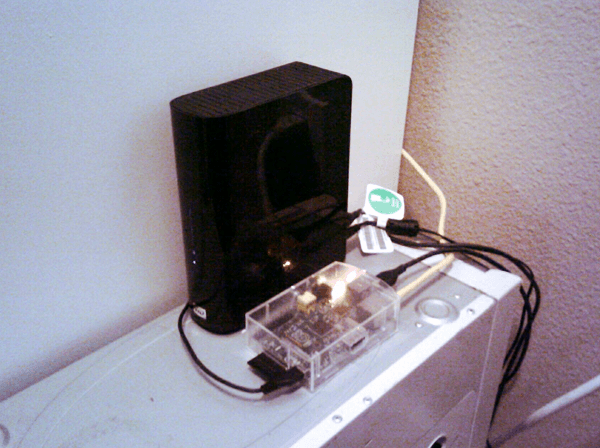

You won't see the password as you're typing it. Enter the username "pi", and then type the password "raspberry". Log in using the default username and password. The first time you boot it up it will take a few seconds and then it will prompt you to log in. Go ahead and write this to the SD card, then take out the SD card and put it into the Raspberry Pi.

We don't need a desktop environment for this so it will be easier to use the command line. When you choose the operating system to install, select "Other" This app makes it super easy to create an SD card with the Raspberry Pi OS. Prepare the Raspberry Pi SD Cardįirst, head over to /downloads to download the Raspberry Pi Imager app. While this will probably work over wifi, I wouldn't count on wifi to be reliable or fast for this. Make sure you have your Raspberry Pi and whatever device you're streaming from connected via a wired network. The Raspberry Pi 4 has a Micro HDMI port rather than a full size, so you'll need a cable to plug that in to a regular size HDMI port like this one. I like this one which is also a giant heat sink so that it's completely silent. I like the Sandisk cards, either the 32gb A1 or the slightly faster 64gb A2. The "A1" or "A2" ratings mean the card is optimized for running applications rather than storing photos or videos. You don't need much disk space, 16gb, 32gb or 64gb cards are all good options. We won't be doing anything super disk intensive, but it will generally perform a lot better with an SD Card with an "A1" or "A2" rating. I have tested this on a Raspberry Pi 3, and it does work, but there's much more of a delay, so I definitely recommend doing this with a Raspberry Pi 4 instead. If you get the bare Raspberry Pi you'll need to make sure to get a good quality power supply like this one. I prefer to buy the parts individually rather than the full kits, but either way is fine. It doesn't need a ton of RAM, I got one with 4GB but it would probably work fine with 2GB as well. Here's a list of all the parts you'll need for this. UPDATE: The latest version of the Raspberry Pi OS removes omxplayer which is a key component of this tutorial! Until I can update these instructions for the latest Raspberry Pi OS, you can still download the previous version here.


 0 kommentar(er)
0 kommentar(er)
